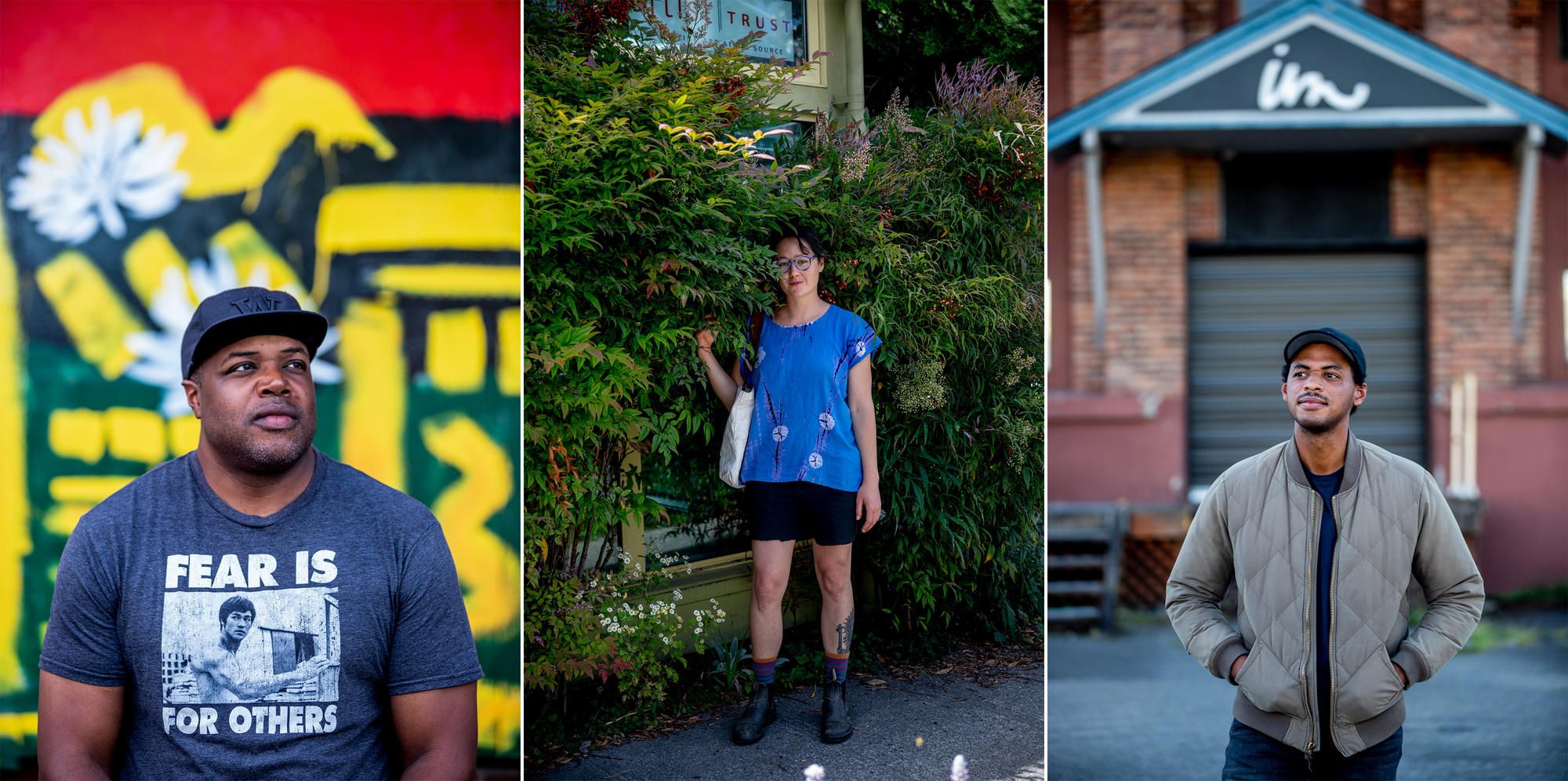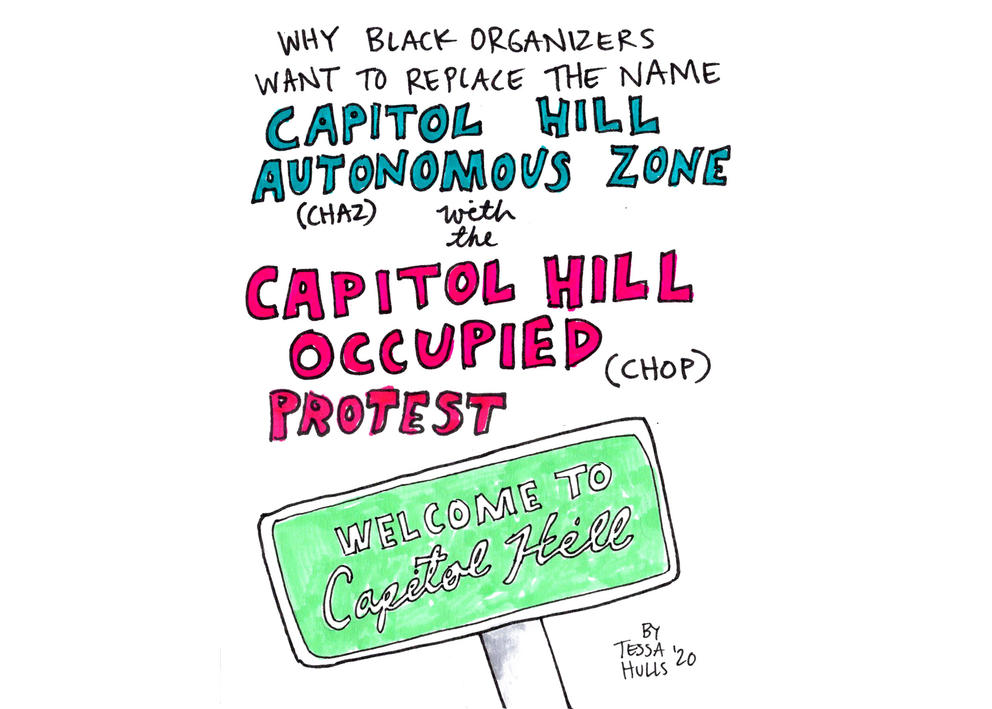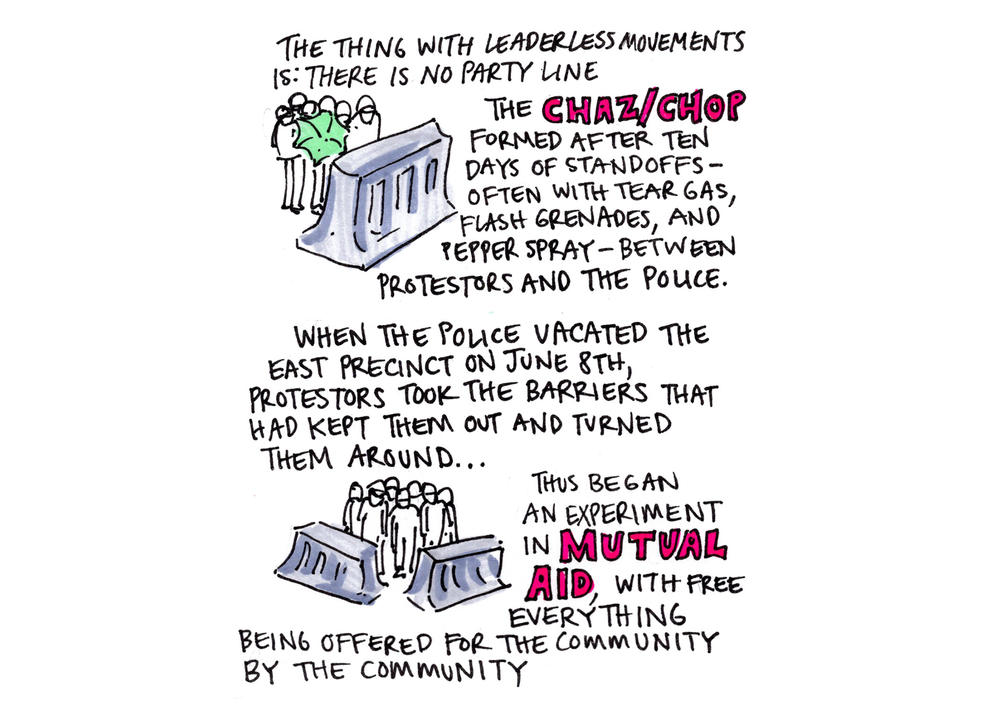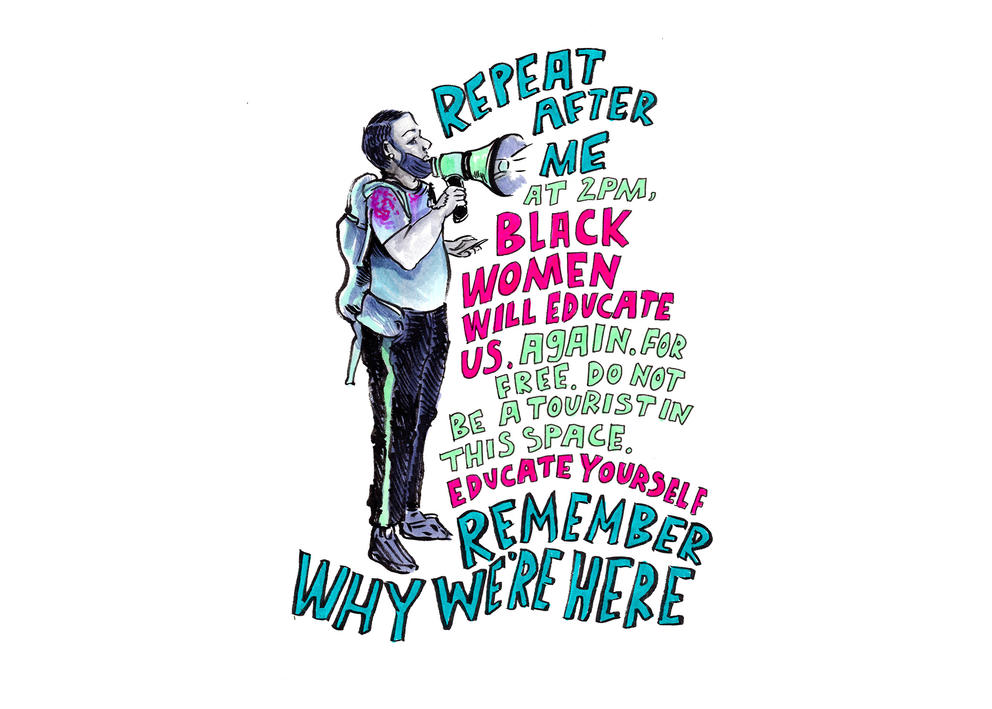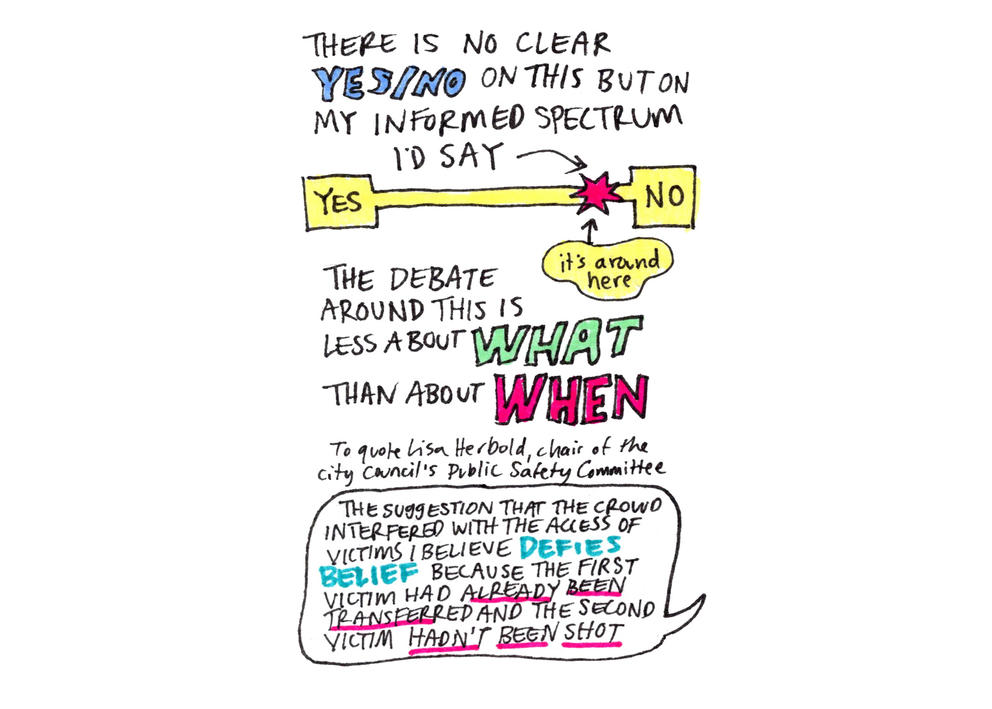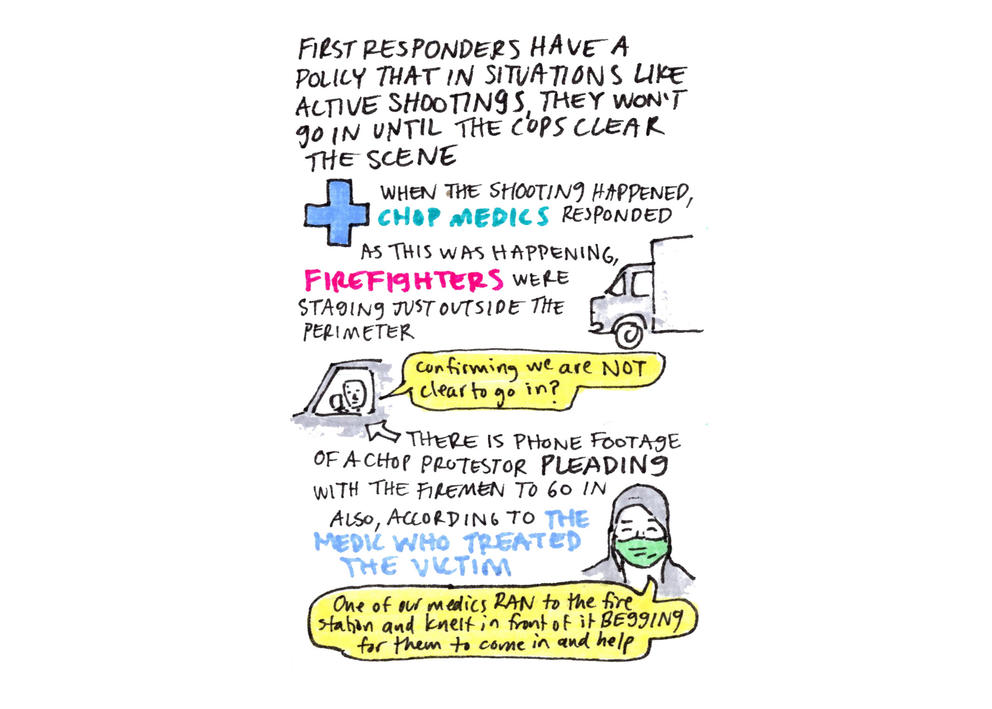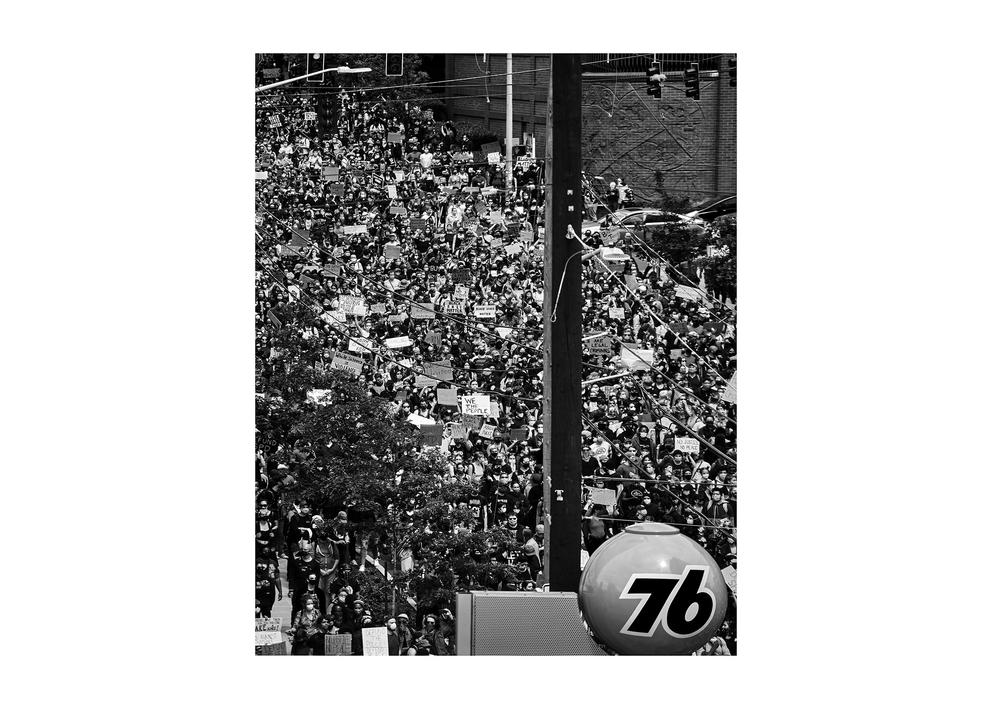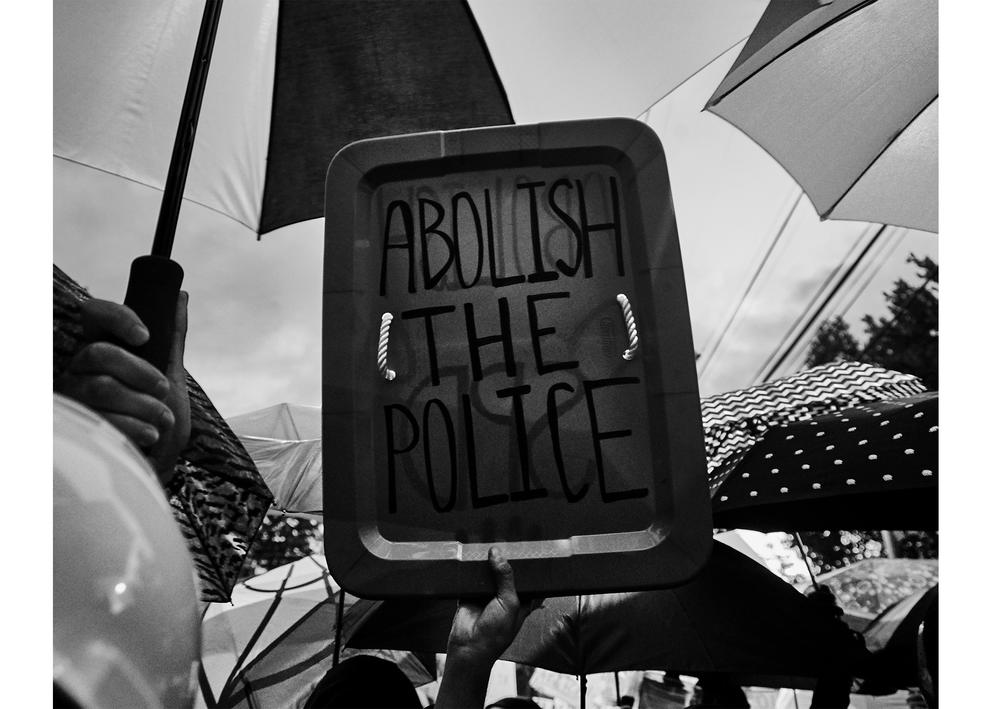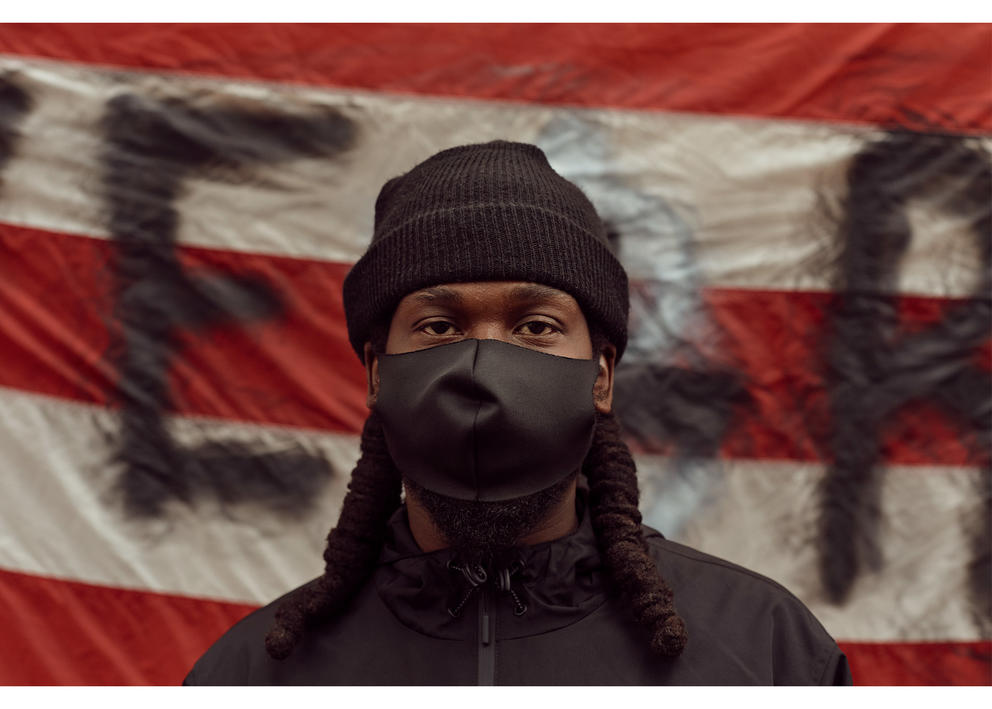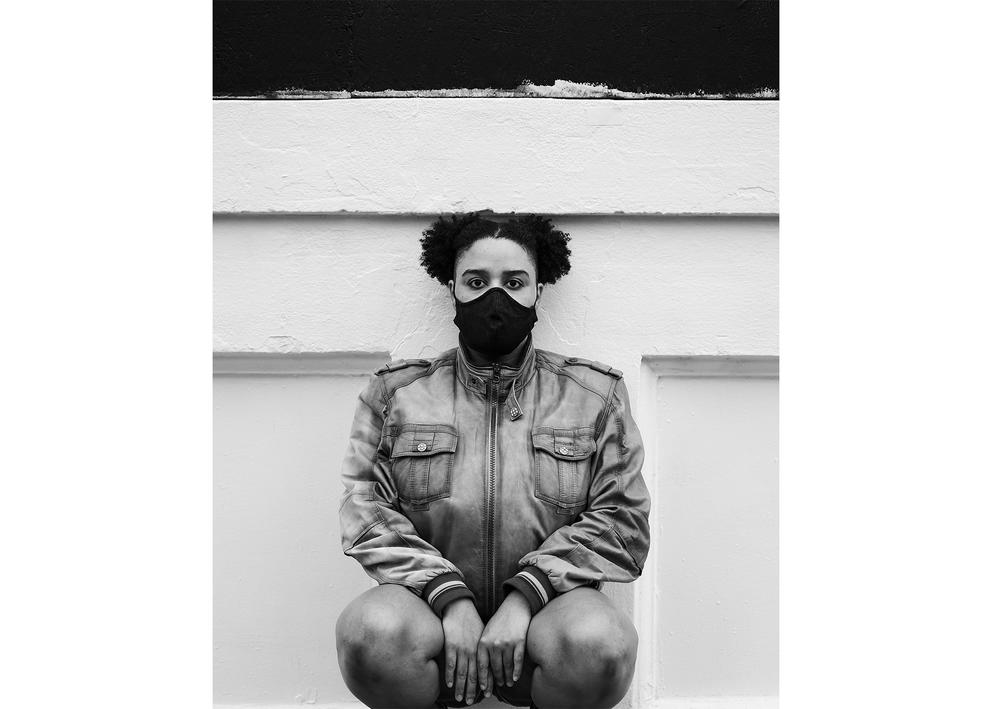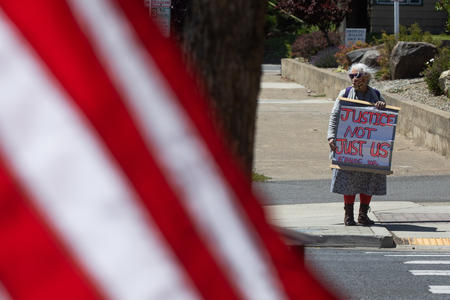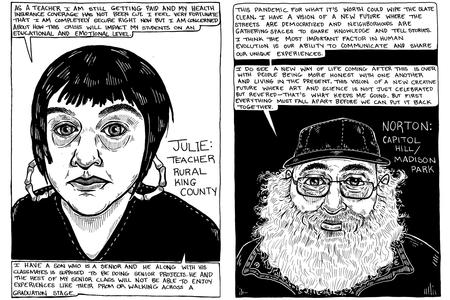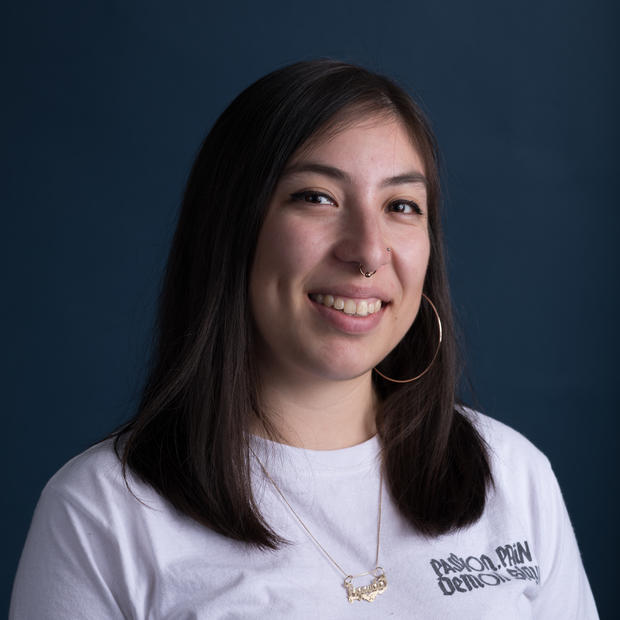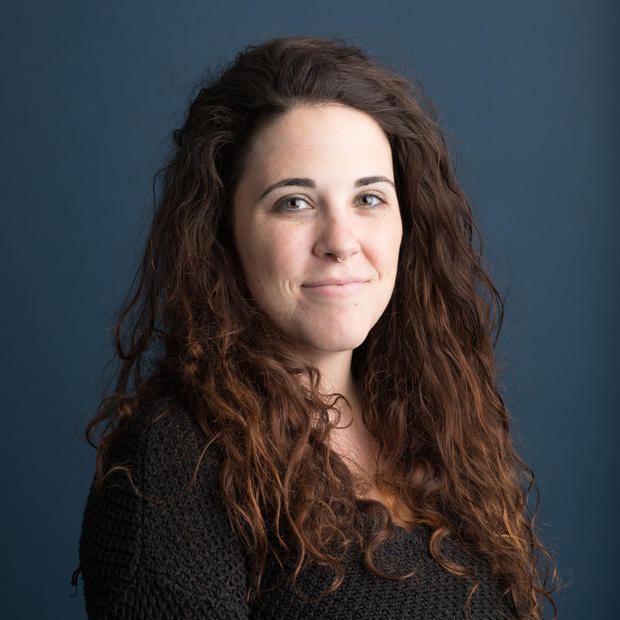Some of those sharing vocal opinions of the zone — anarchist hellhole? Utopian model for a police-free world? Coachella? — never set foot inside it.
By contrast, numerous local journalists, citizens and activists covered the movement from the ground for days and nights, working to share the quickly shifting picture via streaming and live tweets.
Part of the reason the area was difficult to capture was its fluid and leaderless nature, which continues today. Even now, as some declare CHOP to be entering its final act after four people were shot in the area (one fatally), others are dedicated to keeping it going on Capitol Hill. A group called Seattle Black Collective Voice is working to reclaim the zone’s narrative, and yet another subset of protesters say they plan to carry on the movement elsewhere.
Could the East Precinct become a cultural center? The answer may lie in Seattle's history
But video journalist Omari Salisbury, comics reporter Tessa Hulls and photographer Ulysses Curry are not yet done with CHOP. These three citizen journalists plan to keep documenting it in all its messiness, without official press passes (and without paychecks), just as they’ve done for weeks. We talked to them about straddling the line between journalism, advocacy and art, perhaps creating something new in the process. We asked them: How do you cover a political movement when you’re inside it?
The iPhone correspondent: Omari Salisbury
On the fourth night of the protests on Capitol Hill, citizen journalist and livestream videographer Omari Salisbury was at the frontline barricade. When tensions between protesters and police equipped with riot gear erupted in a tussle over a pink umbrella, Salisbury captured the pivotal moment, the point where police started using batons and pepper spray.
Amid clouds of tear gas and flash-bangs, Salisbury stood his ground, narrating the ensuing panic as his eyes stung and his throat closed. The next day the city would ban tear gas, but it wouldn’t be the last time Salisbury would feel its burn.
Salisbury only realized the moment’s gravity a month later, when he saw footage of himself reporting as his throat closed. “I can't believe we were standing there in the middle of that,” Salisbury says. “No gas mask, no protections, no nothing.”
CHOP sprouted after police vacated the area's precinct. But who told them to leave?
Even though Salisbury is behind the camera in the clip, a whole subset of the city suddenly knew who he was. Since then, with the help of volunteers, Salisbury’s media company, Converge, has grown into a go-to source for on-the-ground, unedited livestreams of the protest zone, interviews and next-day analysis of the power struggle between protesters and City Hall (and has been dubbed “the grassroots CNN of the protest zone”). His 18,700 followers on Twitter frequently ask him questions about what’s happening, and thank him for presenting events in what they see as an unbiased, truthful manner.
While his current celebrity is new, Salisbury has years of media experience. He previously helped launch TV and radio stations in Tanzania, Kenya and Rwanda, which he describes as difficult work. “You face so many obstacles before you even get to your desk: Is the power on that day?” he says. “Is that new cellphone network up? Is the internet working?”
Though Capitol Hill has reliable cell service, a low-fi approach has served Salisbury well. He doesn’t need a fancy mic or complicated equipment. He’s been streaming from his 3-year-old iPhone from day one.
Whether via livestreams, tweets or the Morning Update Show, the talk show he hosts with TraeAnna Holiday, Salisbury says he aims to tell CHOP’s story without fear or favor. “I do a disservice to get pepper sprayed and Maced and tear gassed and the next day hold a grudge against the police,” he explains. “It's a disservice to the people who are counting on us to be as fair as possible.”
Salisbury has more than 200 hours of footage, and he’s not done. He’s at CHOP again this week, filming the thinning crowd and the ever-morphing protest. With barely any time to sleep or eat — or even unpack his feelings about George Floyd’s death — Salisbury hasn’t thought about what he’ll do with all his footage in the future. And while the protest story is still developing, he believes we’ve already learned important lessons. “Just like COVID, CHOP exposed the deficiencies in our society,” Salisbury says. “It exposed that we have a lot of work to do in our city.”
The comics journalist: Tessa Hulls
Tessa Hulls had planned to spend her summer alone in a shed on the Olympic Peninsula. She was hoping to finish Feeding Ghosts, her nonfiction graphic novel set to publish in 2022. But after seeing what was happening on Capitol Hill, she knew she “couldn’t sit this one out.” She arranged to set up camp in the offices of the nonprofit Artist Trust on Capitol Hill to document the protests. Rather than being steps away from the ocean, the local writer, artist and self-professed adventurer now occupies a temporary home near the protest zone.
Read more about the growth of a community garden in Seattle's Protest Zone
From her new base camp, a conference room with mammoth table, camping mat, sleeping bag and headlight, Hulls has been sketching what happens in CHOP as it unfolds. Her scrollable and colorful comics (scanned pen-on-paper drawings) populated with talking heads, vignettes and text balloons have racked up thousands of likes and shares on Instagram.
CHOP, she says, feels more like an ever-changing kaleidoscope than a fixed or easily explainable place.
“It’s like drinking from the fire hose,” Hulls says. “In a leaderless organization, there's no consensus. You talk to 20 different people, you're going to get 20 different representations of what the space is.”
Her comics change accordingly. One day, she spelled out why CHAZ (Capitol Hill Autonomous Zone) became CHOP (Occupied, later Organized, Protest) by way of big letters and arrows; the next she visualized on-the-ground interviews with local organizers, guerrilla bookstore operators or nearby business owners. Call it embedded graphic journalism from a personal viewpoint.
“I don't make any claim to objectivity or impartiality, but rather lead with the fact that I'm showing this place through my perspective,” she says. “I don't claim I have ‘correct’ information, but sleuth through a bunch of different channels and make that process of sleuthing transparent.” On Wednesday, as a contingent of CHOP insisted the protest was not yet over, Hulls posted a comic about her role as graphic journalist, explaining to some 7,000 new followers that she never really expected to become “an authoritative voice” on CHOP, and that this actually makes her uncomfortable.
Hulls says she prefers to see herself as a “bullhorn,” amplifying the voices and stories that larger media outlets or reporters who don’t cover the protests from the ground might miss.
As the future of CHOP remains unclear, Hulls plans to stay, and keep drawing — even as CHOP goes back to the drawing board. Change, she says, has been the only constant in the protest zone. “It almost felt like it rapidly gentrified, then took a darker turn when the shootings began, and now it seems like it's in a state where almost everyone feels like it can't continue in its current physical iteration,” she says. “Instead it's become a question of: How does the message of CHOP exist as an idea rather than a concrete place?”
The artist-documentarian: Ulysses Curry
Just a few weeks ago, local photographer Ulysses Curry was spending his days photographing Seattle’s eerily empty streets. After COVID-19 canceled the events and fashion studio shoots he specialized in, it was a way to keep busy as the city retreated indoors.
But on an afternoon in early June, the street outside his First Hill apartment suddenly overflowed with people protesting police brutality after Floyd’s killing. “Thousands of people came down the street going towards City Hall,” Curry remembers. “I was in my boxers. I threw on my clothes, got my camera, shot a picture outside my window and got out there and started marching with them.”
Since then, he’s been photographing Seattle’s protests up close, either marching with the crowd or walking around CHOP. Though Curry’s photos are a form of documentary, a part of him hesitates to call it that. “I've never stepped back and just kind of shot what's going on. I shoot what I feel is … most interesting,” he says.
In the early days of the protests, that meant the phalanxes of police officers in riot gear. Curry shot them through their semi-transparent shields in a deep, unsettling black and white. These close-ups have a voyeuristic feel, as if getting so close through the lens was a way of regaining a sense of power.
“I started shooting what was exciting at first,” Curry says. “And then I started whittling down what was exciting and started shooting what I thought was important.”
In his series, photographs of police make way for screaming protesters — many of them white — and fists raised in anger. “I’ve never seen that many white people be so passionate about a Black issue,” says Curry, who is Black. “They're walking into this, some of them for the first time, like: ‘This is so new to me.’ For Black people, this is not new.… When you come from a Black family, you understand the struggle has been forever.”
That disconnect soon became apparent at CHOP, Curry says. He noticed a lack of focus on the issues that had brought people onto the streets in the first place. He saw that revealed in the photography coming out of CHOP, too. “A lot of people aren't focusing on Black faces. They're just focused on this thing that's kind of incredible.”
So he took it upon himself. “I started to focus on other Black people at CHOP,” Curry says.
Instead of shooting what’s happening without interference, he began asking people to pose. Rather than a telephoto lens, he now mostly opts for the 50mm lens. “Very intimate, very close,” Curry explains. “My style keeps evolving, ’cause my ideas about what's going on keep changing,” he says.
For now, he’s still photographing Black people at CHOP, with no intent of slowing down. “I'm gonna stick around until the very end,” he says. “Whatever the end is.”
Get the latest in local arts and culture
This weekly newsletter brings arts news and cultural events straight to your inbox.

